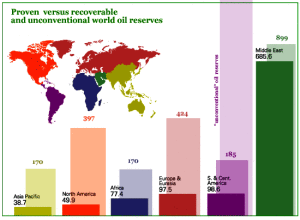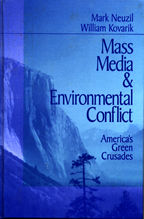By Bill Kovarik
One of the more painful lessons of recent history involves the way money and politics can slant scientific information.
Take the curiously sudden abundance of fossil fuels. Not long ago we had looming shortages, certain oil scarcity, and the supposed need to go to war to protect the lifeblood of the world’s economy.
But now, seemingly out of the blue, we have an abundance of natural gas from fracking, heavy oil from Venezuela and unconventional oil from Canada’s tar sands. And much more conventional to come from the Dakotas, the Arctic, Latin America and the coasts of Africa.
What if the world didn’t need Saudi Arabia any more? What if one of the world’s most brutal and bloodthirsty tyrannies were surplus to modern energy needs?
This is not about replacing oil with solar or wind, although that’s not a bad idea either. This is about replacing Saudi oil with oil from Africa, Asia, Latin America and Canada.



 Revolutions in Communication
Revolutions in Communication Mass Media & Environmental Conflict
Mass Media & Environmental Conflict